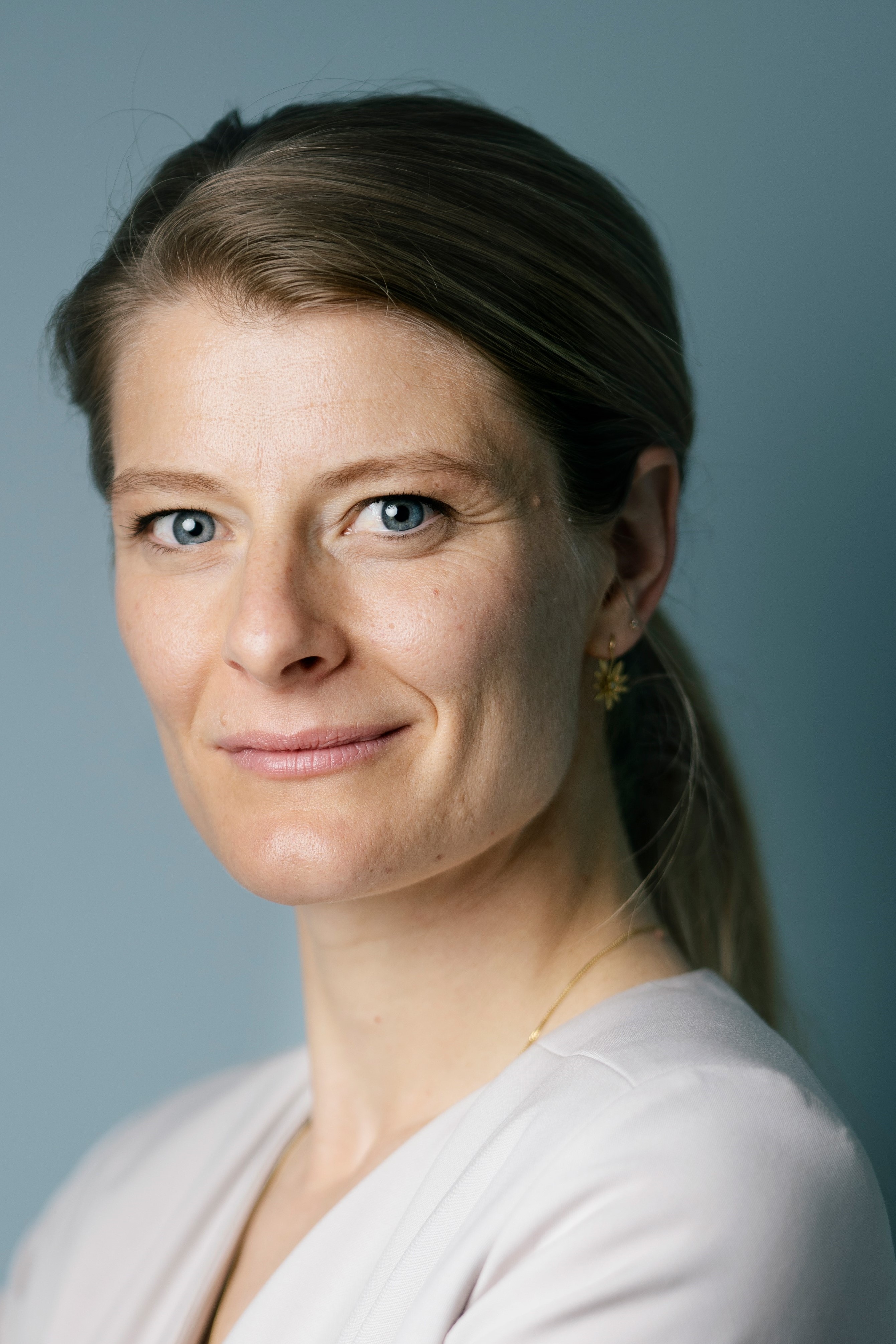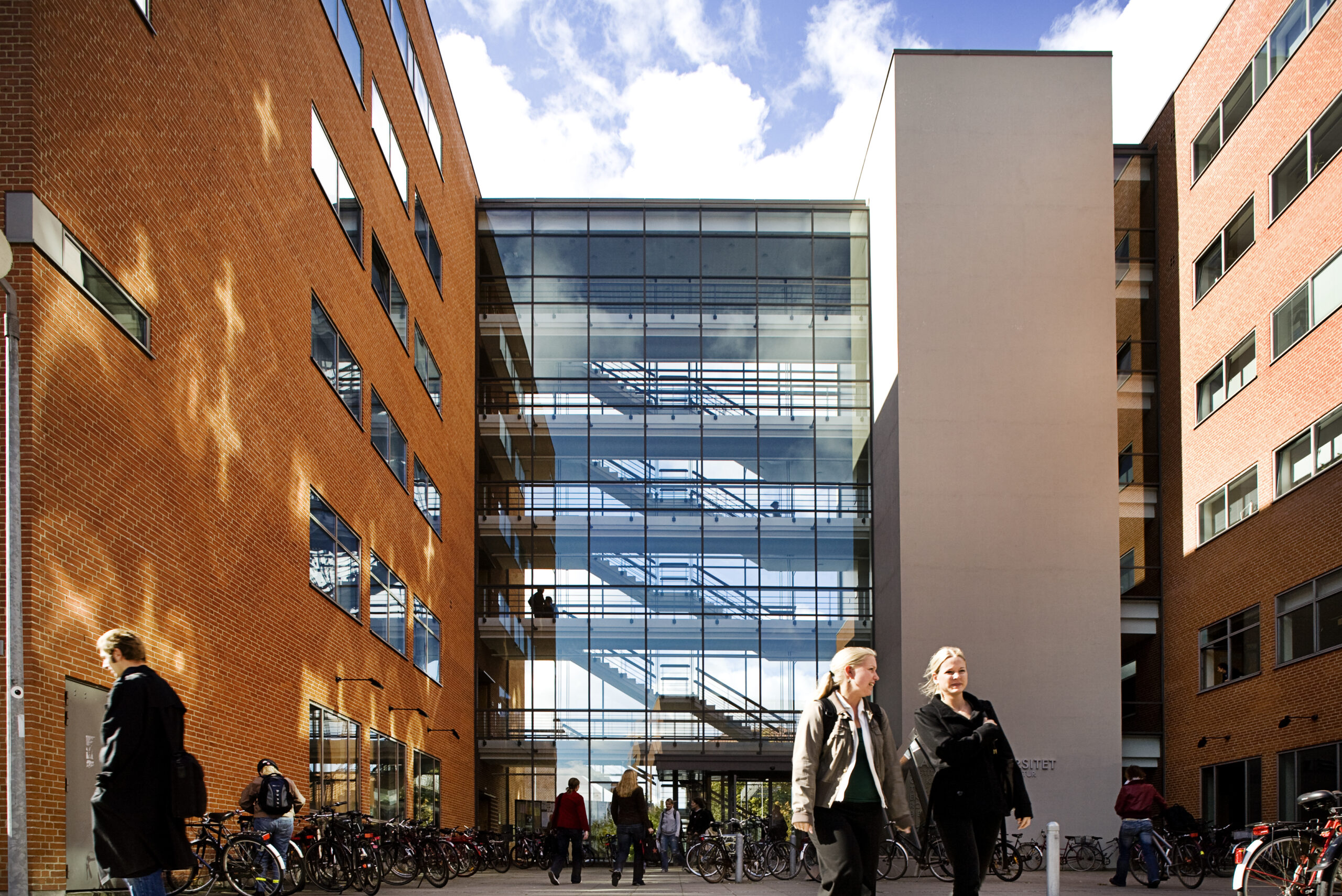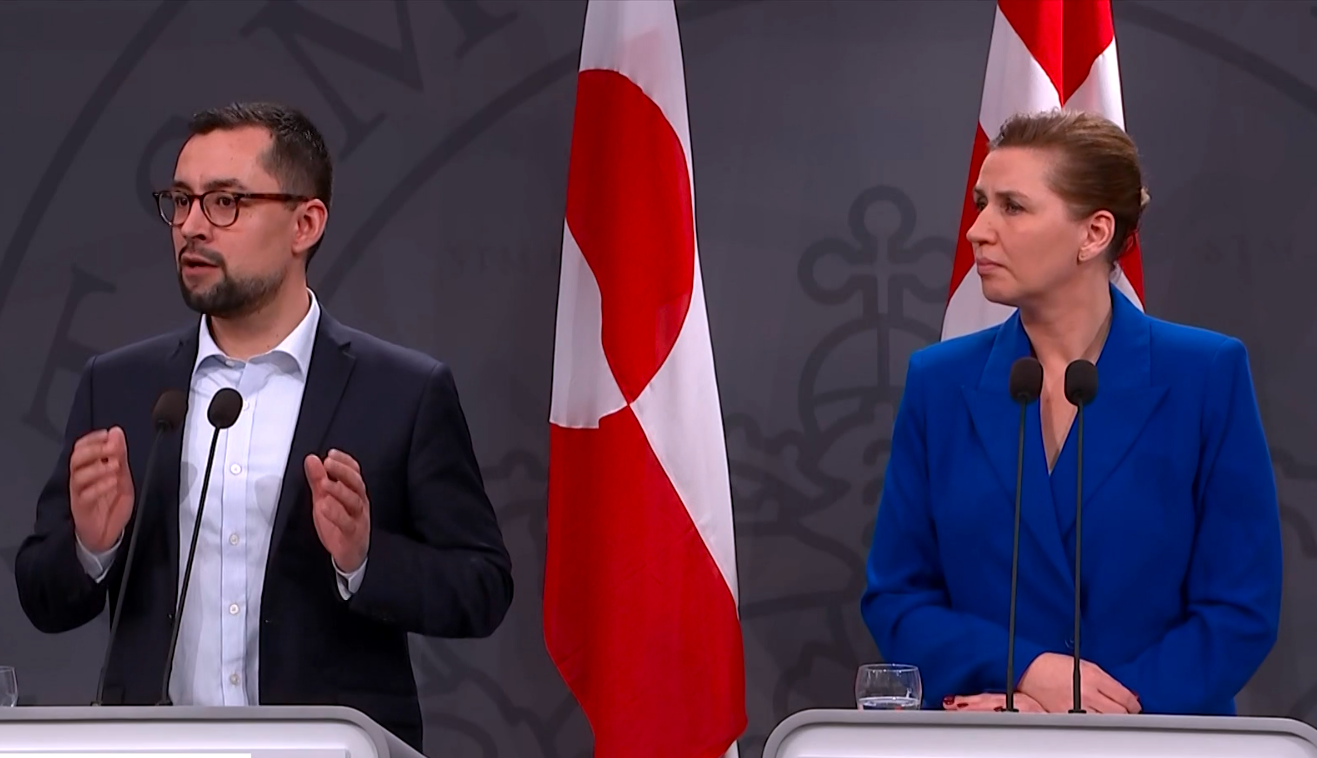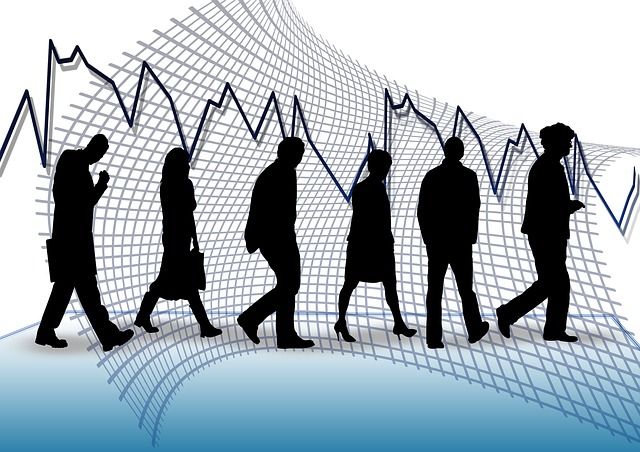Christine Jorgensen was the first famous American transwoman. Her surgery was performed in Copenhagen in the 1950s. Possibly for this reason, the rest of the world has the impression that Denmark is a country where transpeople are treated with respect and dignity. Unfortunately, this is not the case.
Amnesty International has recently written a report about the treatment of transpeople in seven European countries. And it would appear that Denmark has much room for improvement.
For example, transpeople are still officially treated as mentally ill. If a transperson is treated as the gender they are, their mental distress disappears. Psychological treatment becomes unnecessary as soon as being treated as the wrong gender ends.
Being transgendered is not a mental illness, but being misgendered is enough to make you mentally unwell. Homosexuality used to be treated as a mental illness in Denmark too, but the diagnosis was removed 30 years ago. Seems to me it is past time to do the same in this case.
Although transpeople can have all their identity documents changed to the correct gender in Denmark, they must go through years of psychological treatment, undergo prescribed surgery and be sterilised.
One thing you need to understand about transition is: it is different for every individual. There is no One True Path. What is right for one individual is wrong for another. Denmark insists on one formula so some people are unable to change their documentation to fit their gender.
The psychological component involves two years of observation at Rigshospitalet’s sexology clinic. Some abandon the sessions because they feel demeaned by their treatment. The psychiatrists at the approved clinic are the only ones with the power to say that a transperson has ‘passed’ as a man or a woman long enough to be allowed to change their documents.
Denmark’s social security number is used for everything: buying a mobile phone, borrowing library books, opening a bank account, accessing medical care. A person’s gender is coded into the ten digits.
Not being allowed to change your CPR number to reflect your gender identity opens you up to discrimination, uncomfortable conversations and even violence. It is not right that Denmark enables the abuse of transpeople.
The Danish Red Cross forced a transwoman refugee to stay in a male wing of Sandholm Asylum Centre because she was considered male by the Danish authorities. She was repeatedly raped because of this lapse in their duty of care. She was also denied the hormone treatment she had been taking since she was 14 years old on the say-so of the sexology clinic.
Forcing people to be sterilised or have surgery is not only morally wrong, but also a failure of logic. Having a particular set of reproductive organs does not make you male or female. People lose reproductive organs through accidents and illness and we accept that they are ‘male’ or ‘female’ because they say they are.
Asking someone what is in their underpants as a deciding factor for gender is what three-year-olds do. Surely we can be more sophisticated in our approach than that. Transmen can have health problems down the line from some surgeries. If a transman chooses to avoid these problems, how does that give Denmark the right to say he is not a man?
The heart of the issue is that the human rights of transpeople are suspended in Denmark. It is not enough to say that they are the gender they are: the approved clinic must give their blessing. If they want their identity documents to reflect their actual identity, they are forced to undergo surgery that may not be right for their circumstances.
They are at risk of state-endorsed discrimination. They are vulnerable to attack.
I am with Amnesty International on this: “Psychiatric diagnosis, medical treatments such as surgeries and sterilisation, single status and arbitrary age restrictions should not be required to obtain legal gender recognition.” I hope Denmark changes the law as soon as possible.












